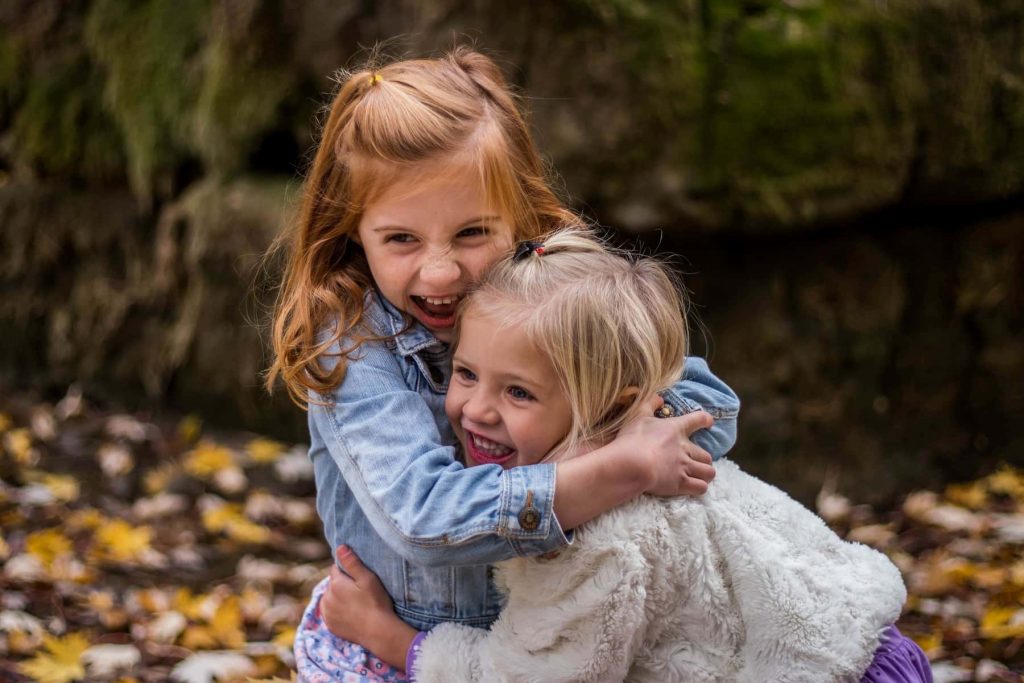Why you shouldn’t play the “wait and see” game

Why you shouldn’t play the “wait and see” game This past month I was contacted by two sets of parents, each concerned about their children’s speech sound errors. In both cases, the parents had been recommended years earlier to “wait and see” if the sound errors would resolve on their own. “Wait and see” is […]
An invitation to do less this season

An Invitation To Do Less This Season As far back as I remember, Christmas time always evoked mixed feelings. Being Jewish, my family celebrated Hanukkah, which sometimes coincided with Christmas and other times did not. My school hosted a number of Christmas related events and I envied the many families who celebrated what I believed to […]
Parents of late talkers are often surprised to learn they can help more by talking less.

Parents of late talkers are often surprised to learn they can help more by talking less. The term “late talkers” describes children who have a limited spoken vocabulary at around 2 years of age. Keep in mind that first words appear close to 12 months, and children begin combining words prior to 2 years (refer to my blog on Communication […]
Understanding Social Language Skills

Understanding Social Language Skills Social language skills, also known as pragmatic language skills, refer to the unspoken verbal and nonverbal rules governing our interactions. These rules vary according to whom you are speaking with, where you are, and typically vary across different cultures. Someone with good social language skills will respond appropriately and flexibly to […]
Early Speech and Language Support Made Easy!

Early Speech and Language Support Made Easy! Becoming a parent brings with it plenty of responsibility. You brought a being into this world who is completely dependent on you and you put a lot of pressure on yourself to get it all done, leaving little if any extra time at the end of each day. […]
